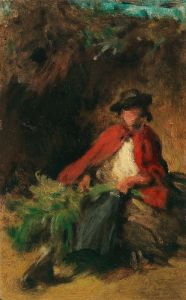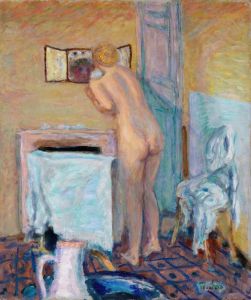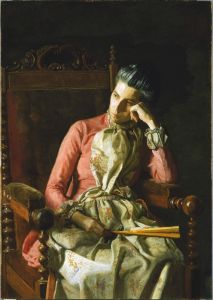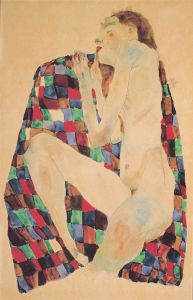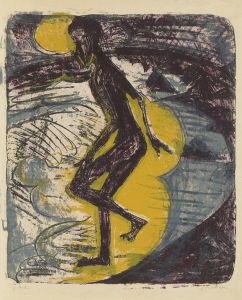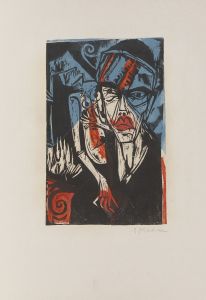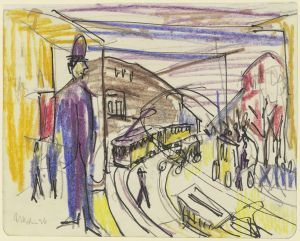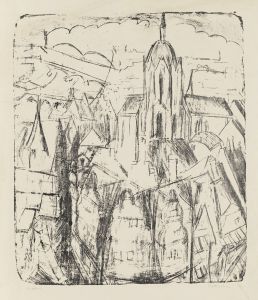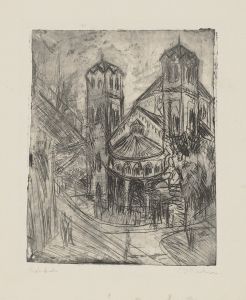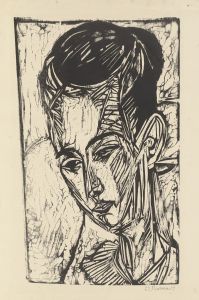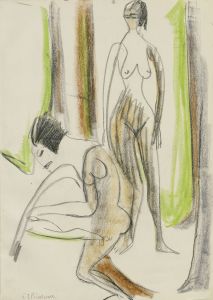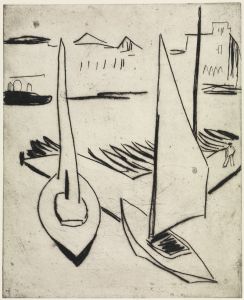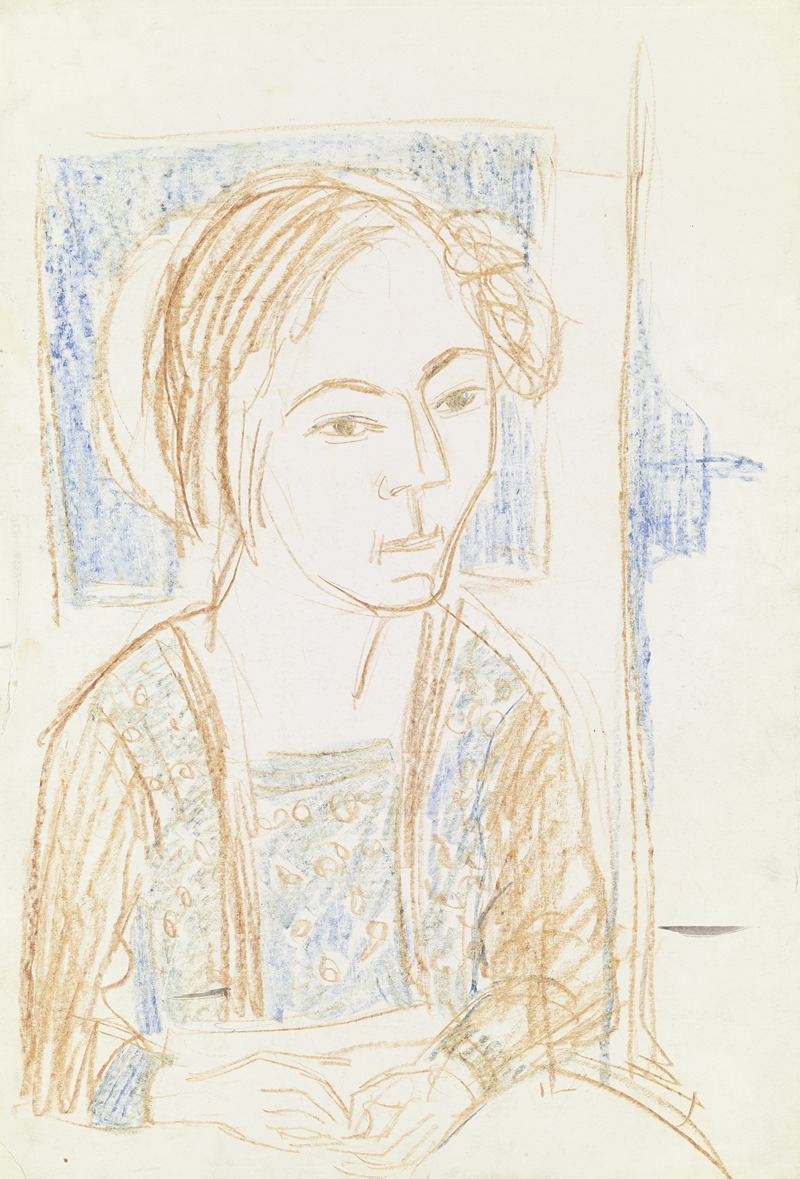
Sitting girl
A hand-painted replica of Ernst Ludwig Kirchner’s masterpiece Sitting girl, meticulously crafted by professional artists to capture the true essence of the original. Each piece is created with museum-quality canvas and rare mineral pigments, carefully painted by experienced artists with delicate brushstrokes and rich, layered colors to perfectly recreate the texture of the original artwork. Unlike machine-printed reproductions, this hand-painted version brings the painting to life, infused with the artist’s emotions and skill in every stroke. Whether for personal collection or home decoration, it instantly elevates the artistic atmosphere of any space.
Ernst Ludwig Kirchner's Sitting Girl is a notable work by the German Expressionist painter and printmaker, who was a founding member of the influential art group Die Brücke (The Bridge). This group, established in 1905, sought to break away from traditional academic art and embraced a raw, emotional style that emphasized bold colors, dynamic compositions, and a sense of immediacy. Kirchner's works often explored themes of modern life, human emotion, and the human figure, and Sitting Girl is a reflection of these interests.
The painting depicts a seated female figure, rendered in Kirchner's characteristic Expressionist style. The figure is portrayed with simplified, angular forms and vibrant, non-naturalistic colors, which are hallmarks of Kirchner's approach to art. This stylistic choice was influenced by his desire to convey emotional intensity and the inner essence of his subjects rather than focusing on realistic representation. The use of bold lines and exaggerated proportions in Sitting Girl exemplifies Kirchner's innovative techniques and his rejection of traditional artistic conventions.
Kirchner often drew inspiration from his surroundings and the people in his life. Many of his works feature models who were close to him, including friends, lovers, and members of the artistic community. While the identity of the model in Sitting Girl is not definitively documented, the painting reflects Kirchner's interest in capturing the individuality and presence of his subjects. The intimate and introspective nature of the composition suggests a personal connection between the artist and the model.
The painting also demonstrates Kirchner's engagement with the broader cultural and artistic movements of his time. His work was influenced by non-Western art, particularly African and Oceanic art, which he admired for its perceived authenticity and emotional directness. This influence is evident in the stylized forms and expressive qualities of Sitting Girl. Additionally, Kirchner's art was shaped by the rapid social and technological changes of the early 20th century, which he sought to address through his exploration of modern identity and experience.
Ernst Ludwig Kirchner's career was marked by both critical acclaim and personal struggles. His innovative contributions to modern art were recognized during his lifetime, but he also faced significant challenges, including the trauma of World War I and the condemnation of his work by the Nazi regime, which labeled it as "degenerate art." Despite these difficulties, Kirchner's legacy as a pioneering Expressionist artist endures, and works like Sitting Girl continue to be celebrated for their emotional depth and artistic innovation.
Specific details about the creation date, current location, and provenance of Sitting Girl are not readily available in public records. However, the painting remains an important example of Kirchner's exploration of the human figure and his contribution to the Expressionist movement.





